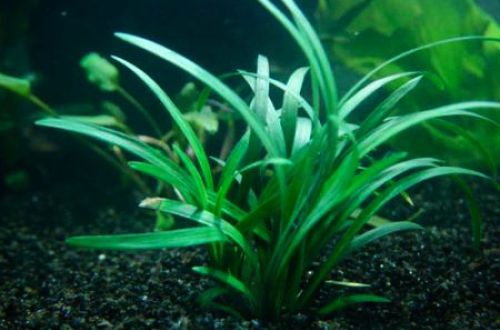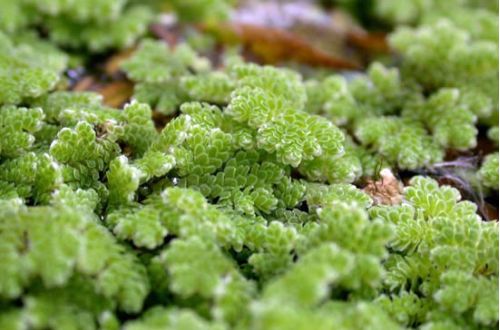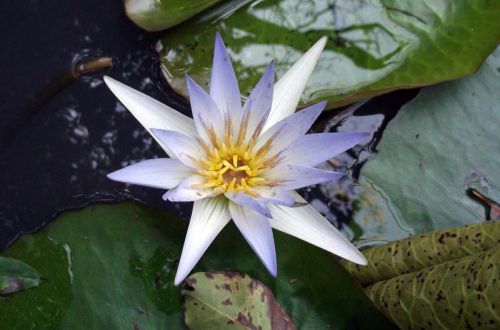
Cryptocoryne Kubota
Cryptocoryne Kubota, scientific name Cryptocoryne crispatula var. Kubotae. Named after Katsuma Kubota from Thailand, whose company is one of the largest exporters of tropical aquarium plants to European markets. Originally from Southeast Asia, it grows naturally in small streams and rivers in the spaces from the southern provinces of China to Thailand.
For a long time, this plant species was mistakenly called Cryptocoryne crispatula var. Tonkinensis, but in 2015, after a series of studies, it turned out that two different species are hiding under the same name, one of which was named Kubota. Since both plants are similar in appearance and require similar conditions for growth, confusion in the name will not lead to any serious consequences when growing, so they can be considered synonyms.
The plant has narrow thin leaves, collected in a rosette without a stem, from which a dense, fibrous root system departs. The leaf blade is even and smooth green or brown. In the Tonkinensis variety, the edge of the leaves may be wavy or curly.
Cryptocoryne Kubota is more demanding and sensitive to water quality than its popular sister species Cryptocoryne balans and Cryptocoryne volute. Nevertheless, it cannot be called difficult to care for. Able to grow in a wide range of temperatures and values of hydrochemical parameters. It does not need additional feeding if it grows in aquariums with fish. Tolerates shade and bright light.





